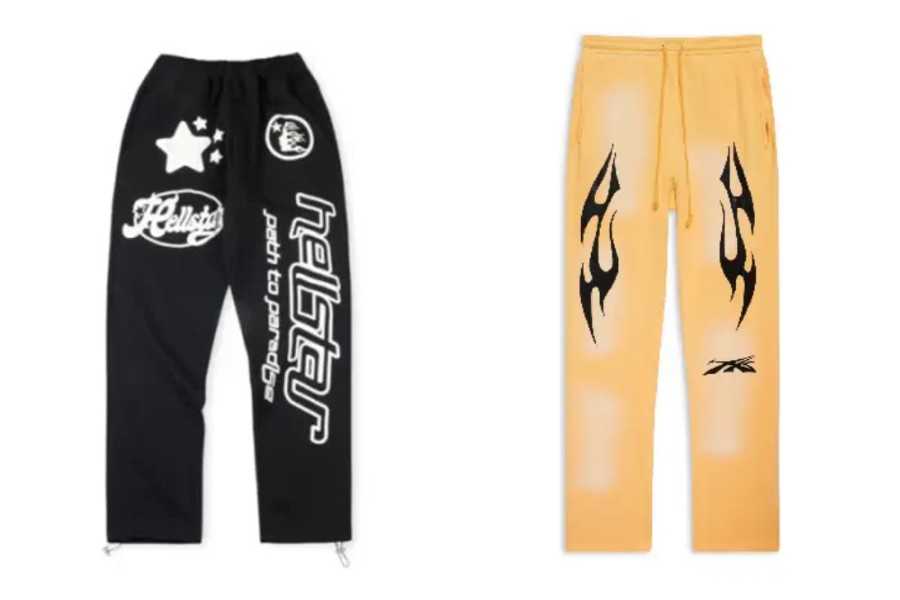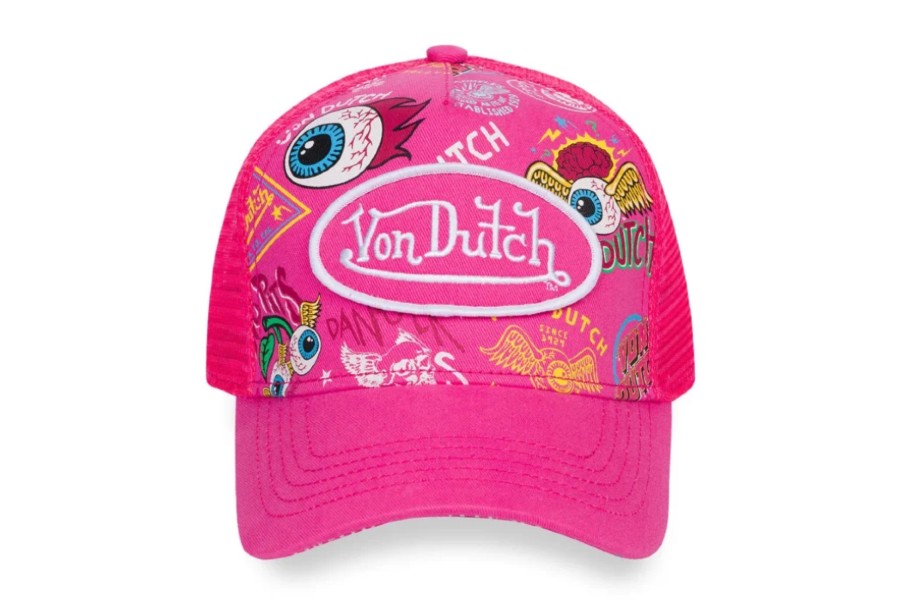
Sustainability has grown in the fashion industry in recent years due to a desire to protect the environment and promote ethics.
Conscientious consumers know the importance of mindful clothing choices. We’ll discuss sustainable fashion and how our store’s eco-friendly t-shirts are helping the environment in this blog post.
Due to environmental and ethical concerns, the fashion industry is transforming towards sustainability. In this paradigm shift, graphic T-shirt brands are leading the sustainable fashion movement from material sourcing to consumer education. This article discusses how graphic T-shirt brands are using eco-friendly materials, water conservation, carbon footprint reduction, fair labor practices, and the challenges and solutions of transitioning to sustainable fashion.
What is Sustainable Fashion?
Sustainable fashion prioritizes the environment and social responsibility in clothing design, production, and consumption. Sustainable fashion reduces waste and promotes responsible use by analyzing consumption patterns and encouraging quality over quantity.
This movement is in favor of energy that is renewable on a global scale, as well as sustainable and ethical production. Sustainable fashion uses natural fibers instead of synthetics. Natural fibers are biodegradable and grown, processed, and manufactured according to international standards. Synthetic textiles are bad for the environment and not good for sustainable fashion.
Sustainable fashion ethical production prioritizes worker rights and water conservation. This meets international production safety, quality, and environmental standards.
Sustainable fashion reduces harm to the planet by using ethical labor, eco-friendly materials, and promoting recycling. It’s a sustainable approach to fashion that combines style and ethics.
The industry’s concern for the environment is demonstrated by the implementation of sustainable products and renewable energy. Fashion looks good and does good, reflecting a shift towards ethical consumption.
Circular Economy in Fashion
Circular economy reimagines clothing lifecycles to change fashion manufacturing. Circular economy minimizes waste and maximizes value by creating a sustainable loop, unlike the linear economy.
Design for longevity is the core idea. Make stylish, long-lasting clothes from repairable or recyclable materials. Rather than focusing on disposable fashion, prioritize quality and craftsmanship. Being ethical clothing manufacturers can help industry professionals. They can sell their pieces at higher prices and gain recognition for their valuable and durable products.
Renting, Borrowing, and Recycling: A New Paradigm
Renting and borrowing are part of the circular economy. Renting or borrowing clothes can extend garment life and reduce new production demand in the fashion industry. Le Tote and Rent the Runway offer fashion without ownership.
There is more to the circular economy than individual decisions. It requires industry-wide changes from sourcing to disposal. Recycling and infrastructure repair are essential. Building synthetic textile recycling facilities, promoting brand repair services, and educating consumers on clothing care are needed.
- A circular economy has many benefits Environment: cut waste, save resources, lower emissions. Sustainable and ethical fashion for consumers. It links economic growth and social responsibility through innovation and development.
- Redefining value: Circular economy in fashion is still new but has transformative potential. Buy better, not more. quality, sustainability, ethics. A responsible and creative fashion industry that is connected to consumer needs and values. One garment at a time, a worthy vision.
Upcycling
A garment is upcycled into something new and unique. It turns waste into wearable art and celebrates individuality and craftsmanship. Upcycling reuses clothes and reduces production.
Designers and artists embrace upcycling for unique storytelling fashion. The collections of Reformation and Eileen Fisher both make use of recycled fabrics. Consumers are DIY upcycling to personalize wardrobes.
Recycling: A Sustainable Cycle
Recycling breaks down garments for reuse in new clothing or products. Separating fibers, removing dyes, and respinning yarn requires specialized equipment.
The recycling of textiles into raw materials results in a reduction in both waste and the consumption of resources. H&M and Adidas fund recycling technologies.
Recycling in the fashion industry is encouraged by the Global Fashion Agenda through the use of targets and collaboration.
The Bigger Picture
Our perspectives on consumption and clothing are altered as a result of upcycling and recycling. They oppose fast fashion’s disposable culture and provide eco-friendly and inspiring alternatives.
Through the use of these practices, creativity and innovation are fostered, and designers, brands, and customers are compelled to think creatively and investigate and investigate new possibilities. They make a contribution to a circular economy because they reduce waste while simultaneously increasing value.
Sustainable Textile Materials: A Fabric of Change
Using sustainable materials in the fashion industry is more than just a trend; it’s a step toward more environmentally friendly business practices. Fashion embraces eco-friendly materials, aligning aesthetics with ethics.
A Natural Choice
Organic cotton is grown without the use of any pesticides, chemicals, fertilizers, or genetically modified organisms (GMOs). Organic cotton is grown without harmful chemicals. Organic cotton farming prioritizes soil health, biodiversity, and ecological balance, unlike conventional cotton farming.
In addition to its positive effects on the environment, organic cotton also has other advantages. Superior to regular cotton in terms of its softness, hypoallergenicity, and durability. Patagonia and Stella McCartney promote organic cotton for sustainable fashion. For clothing makers and eco-friendly brands, choosing this path is worth it.
Bamboo: The Green Giant
Within the realm of textiles, bamboo is a sustainable material. It is a plant that grows rapidly, requires less water and pesticides, is a resource that can be replenished, and can be harvested without causing any harm to the plant.
Recycled Polyester: Closing the Loop
Recycled polyester is great for sustainable fashion. Due to the fact that it is constructed from recycled plastic bottles, it contributes to the reduction of pollution caused by plastic and helps to conserve resources. Utilizing materials that are already in existence, recycled polyester presents a challenge to conventional manufacturing.
When it comes to their athletic apparel and footwear, both Adidas and Nike use recycled polyester. As an alternative to virgin polyester, it is a material that is both environmentally friendly and high-quality, combining performance and quality.
Take into consideration a world in which sustainable clothing is made from recycled plastic bottles. It has a futuristic sound.
ERP in the Fashion Industry: Tailoring Success with Technology
Organic fabrics aren’t the end goal for fashion businesses seeking excellence. Precision, agility, and the ability to make decisions in real time are all essential in the fashion industry. ERP systems are crucial for fashion brands and manufacturers, providing smooth operations and competitive advantages.
Streamlined Supply Chain Management
Fashion industry supply chain: raw materials to retail. Processes are integrated into ERP systems so that real-time tracking and management can be performed.
This integration helps brands respond quickly to market demands and trends by ensuring timely deliveries, optimal inventory levels, and reduced lead times.
Enhanced Design and Production Collaboration
Creativity and innovation are essential to the fashion industry. Enterprise resource planning (ERP) systems make it possible for fashion designers, suppliers, and production teams to work together. It is possible to instantly communicate design changes through the use of shared databases and real-time updates, which helps to ensure that the final product is in line with the designer’s vision.
By reducing errors, accelerating production, and resonating with the intended audience, synergy is a powerful tool.
Data-Driven Decision Making
Data is crucial in the fashion industry. A wide range of analytics and reporting tools are available through enterprise resource planning (ERP) systems. These tools include those for sales, customer preferences, inventory, and other areas. This information can be utilized by brands in order to forecast trends, enhance pricing strategies, and make educated decisions that will be beneficial to their growth and profitability.
Sustainability and Ethical Compliance
ERP systems are important for responsible fashion. These systems monitor and ensure eco-friendly operations. Authenticating ethical fashion practices such as sourcing, waste reduction, and carbon footprint reduction is made possible by enterprise resource planning (ERP), which enables transparency in the supply chain associated with sustainable apparel manufacturing.
ERP solutions guide compliance with regulations and industry standards. In order to promote a future in which fashion and responsibility go hand in hand, enterprise resource planning (ERP) systems automate documentation and align operations with best practices for sustainability used by fashion brands.
Improved Customer Experience
Personalized experiences in the fashion industry, both online and offline, are what customers want. When it comes to targeted marketing, loyalty programs, and personalized shopping, enterprise resource planning (ERP) systems analyze customer data.
Brands can boost engagement, loyalty, and sales by understanding customer preferences and buying behaviors.
Conclusion
Fashion industry transforming with creativity and responsibility. Fast fashion stats and sustainable innovations are changing the fashion industry. There are many essential components that make up responsible fashion, including the incorporation of enterprise resource planning (ERP) systems, circular economies, upcycling, recycling, and sustainable fabrics. By implementing these practices, the fashion industry hopes to become more ethical, reduce waste, and conserve resources.
Fashion is about more than just trends – it’s also about values, ethics, and the environment. A call to action for a better world where clothes are eco-friendly.
- Wells Fargo Shares Economic Impact From Open For Business Fund
- Harlem Rallies For Kamala Harris: A Historic Gathering Of Black Women Leaders
- In Conversation With Ketanji Brown Jackson At The Apollo Theater In Harlem
- Chancellor David C. Banks Appoints Simone Hawkins As Deputy Chancellor For Early Education
- Vibrant Summer Styles Are Making A Comeback 2024
Become a Harlem Insider!
By submitting this form, you are consenting to receive marketing emails from: Harlem World Magazine, 2521 1/2 west 42nd street, Los Angeles, CA, 90008, https://www.harlemworldmagazine.com. You can revoke your consent to receive emails at any time by using the SafeUnsubscribe® link, found at the bottom of every email. Emails are serviced by Constant Contact









